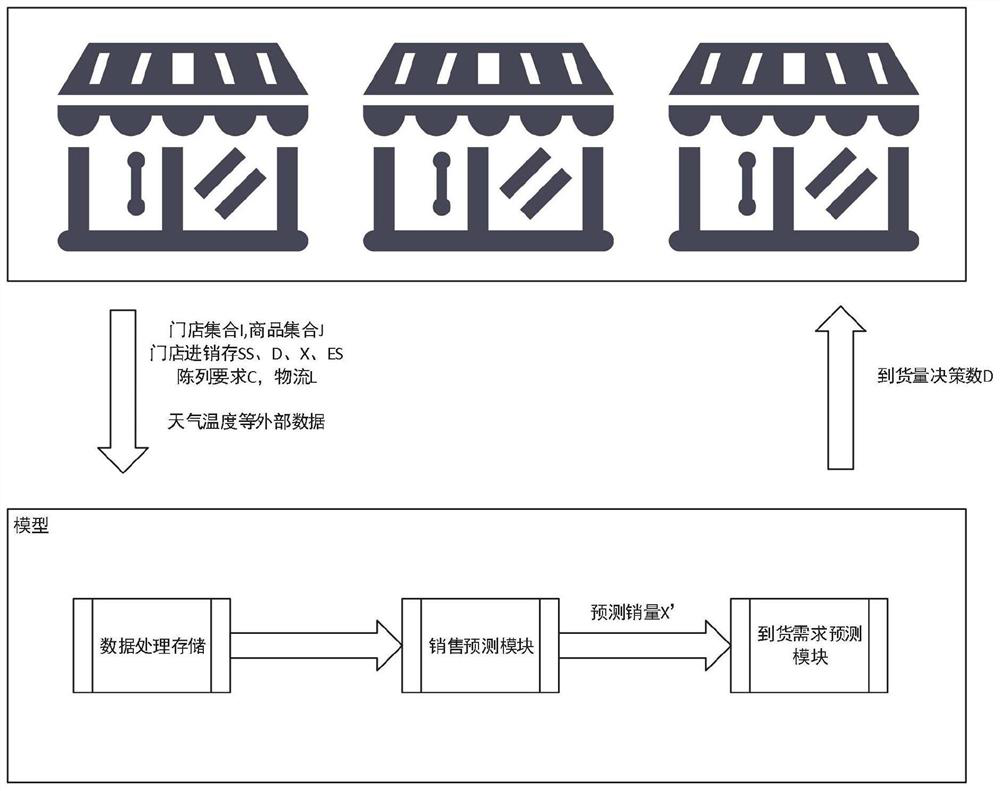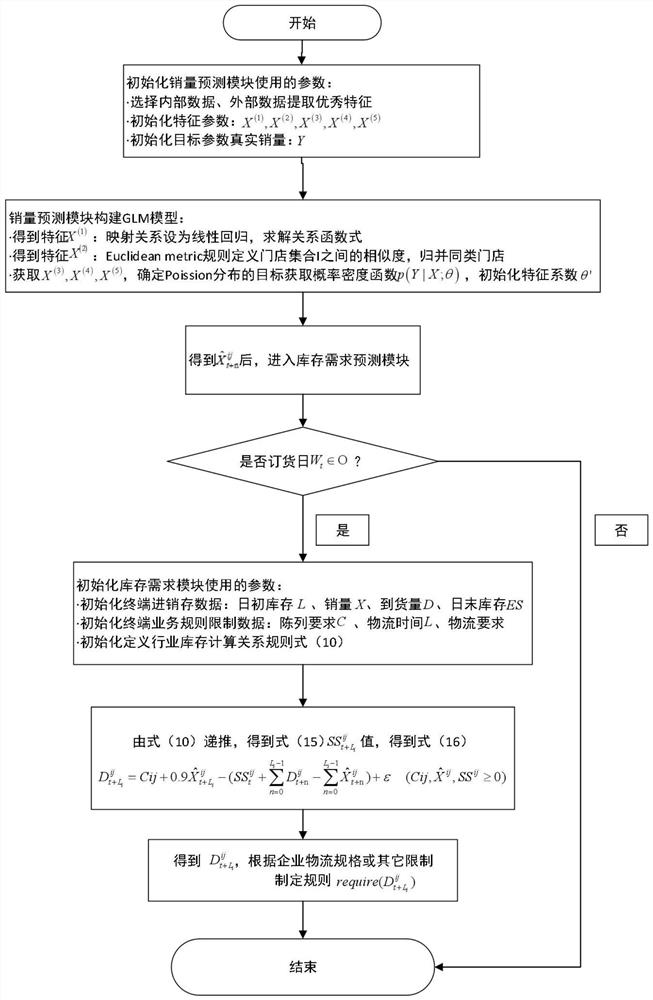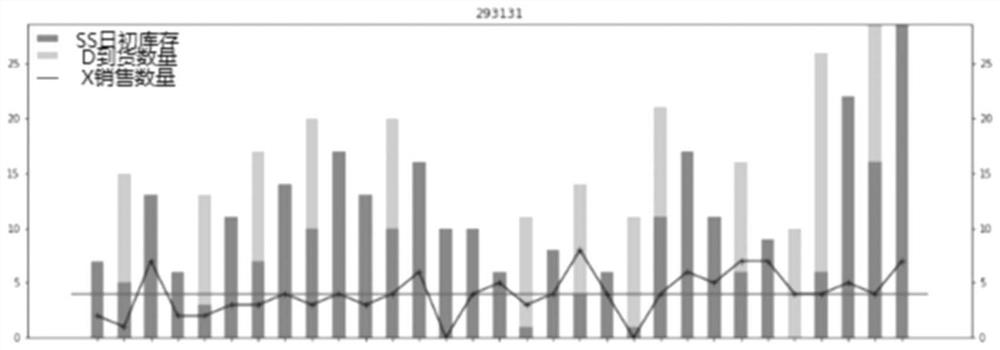A Demand Forecasting Method Based on Likelihood Estimation of Characteristic Coefficients and Retail Business Rules
A technology of likelihood estimation and characteristic coefficient, applied in the field of supply chain automation management engineering, it can solve the problems of large deviation of the amount of advice and estimation, incomplete thinking of the calculation plan, business restrictions and business changes, etc., to achieve turnover increase and out of stock. rate reduction improvement, high industrial application performance and optimized performance, and the effect of improving time efficiency
- Summary
- Abstract
- Description
- Claims
- Application Information
AI Technical Summary
Problems solved by technology
Method used
Image
Examples
Embodiment Construction
[0036] The purpose and effects of the present invention will become more apparent by describing the present invention in detail below in conjunction with the accompanying drawings.
[0037] Such as figure 1 As shown, the present invention considers a kind of demand prediction method based on feature coefficient likelihood estimation and retail industry business rule, it is characterized in that, comprises the following steps:
[0038] Step 1: Initialize the associated data of the retail terminal business process: store set I, single product set J, timeline t, week number Wt , inventory quantity SS at the beginning of the day, inventory quantity ES at the end of the day, arrival quantity D, actual sales volume X, forecast sales volume The number of containers displayed C, the number of weeks that can be ordered by the store O, and the number of days L between the logistics delivery and the store arrival are used in the single product arrival demand forecasting module; the int...
PUM
 Login to View More
Login to View More Abstract
Description
Claims
Application Information
 Login to View More
Login to View More - R&D
- Intellectual Property
- Life Sciences
- Materials
- Tech Scout
- Unparalleled Data Quality
- Higher Quality Content
- 60% Fewer Hallucinations
Browse by: Latest US Patents, China's latest patents, Technical Efficacy Thesaurus, Application Domain, Technology Topic, Popular Technical Reports.
© 2025 PatSnap. All rights reserved.Legal|Privacy policy|Modern Slavery Act Transparency Statement|Sitemap|About US| Contact US: help@patsnap.com



